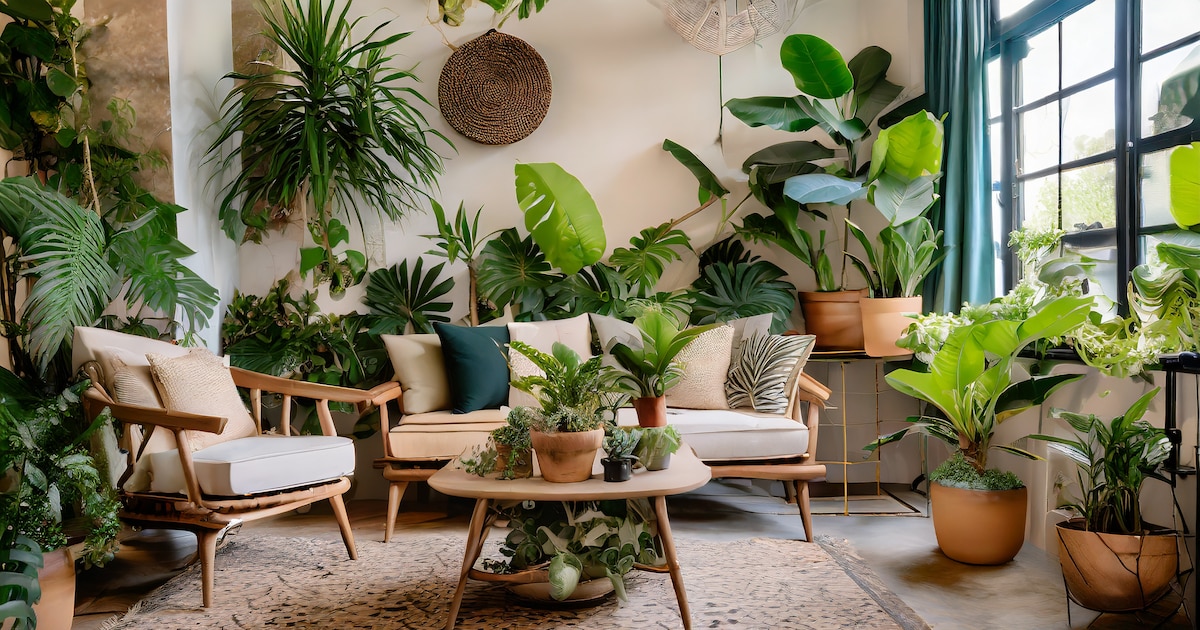
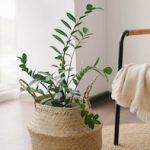
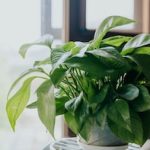


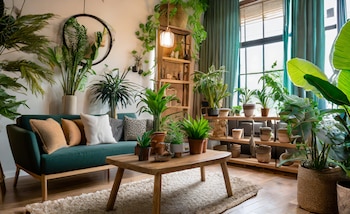
Choose floors for home It is a decision that can influence the quality of the environment and the welfare of those who live there. Not all plants are suitable for all lifestyles, so it is crucial to consider factors such as the time available for its care, space in the home and lighting conditions. Understanding the characteristics of each plant and how they adapt to different environments is the first step to creating a green space that not only beautifies, but also fits your daily needs.
He indoor plant care It doesn’t have to be complicated if you choose the right species. There are plants that require little attention and they are virtually self-sufficient, ideal for people with busy schedules or little gardening experience. On the other hand, there are plants that need more intensive care, perfect for those who enjoy spending time in their garden and can dedicate constant attention to their plantations. The key is to identify what type of dedication you can offer and select the plants accordingly.
In addition to the level of careit is important to consider the indoor climate of the home, air quality and proper drainage. Each plant has specific needs in terms of light, temperature and humidity. Therefore, analyzing the particular conditions of your home will allow you to choose the plants that best adapt to those environmental factors. With the right information and a well-informed choice, you can create a home full of life and nature, perfectly suited to your lifestyle.
The choice of houseplants can vary significantly depending on the lifestyle and personalityaccording to the agronomist and psychiatric nurse influencer Norwegian Andrew Røyneberg (known on social media as @articgardener), in his new book Green Home. The joy of living with plantsbehind an apartment full of green there is a “philosophy of life”, with significant positive effects on the physical and mental health of the people.
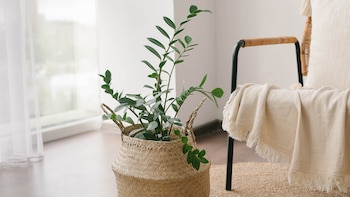
If you are one of those busy peoplethat Your day to day is busy and you don’t have much time to dedicate to caring for your plants, it is advisable to opt for resistant and low maintenance species. For example, Røyneberg suggests the Zamioculca (Zamioculcas zamiifolia) ―known as the all-terrain plant―, an ideal plant that requires sporadic watering and adapts well to low light environments. Another good option is Sansevieria (Sansevieria trifasciata), known for its resistance, needs minimal watering and tolerates varied light conditions. And the most popular: cacti, mother-in-law’s tongue and succulentswhich need little water and thrive with plenty of sunlight.
For families with young children and a busy routineit is essential to choose houseplants that are safe (non-toxic if ingested) and require minimal maintenance. An excellent option under these conditions is “Irish moss” or “magic carpet” (Soleirolia soleirolii). Resistant and safe for children, it brings a green and fresh touch to any space without requiring extensive care. Another alternative, according to Røyneberg, is areca palm or yellow palm tree (Dypsis lutescens), ideal for delimiting environments.
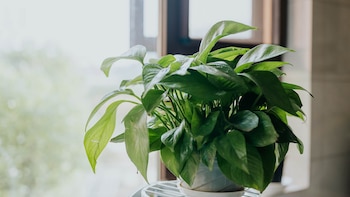
If you are beginner and you are starting your indoor garden and are still learning about plant care, you could start with the Potus (Epipremnum aureum), which are extremely adaptable and grow well in low to moderate light, only needing watering when the soil is dry. He Boston Fern (Nephrolepis exaltata): It is effective in humidifying the air and removing toxins, which grows in indirect light, ideal for a bright kitchen or bathroom. It is also suggested for people with anxietyas it helps create a serene environment.
in the book Green HomeRøyneberg refers to the gourmet peoplethose who enjoy eating plants, as well as taking care of them. For them the options are numerous: from parsleypassing through the basilhe cilantro ―which can grow in indirect light environments―, the rosemary and until the mint are some of the recommendations.
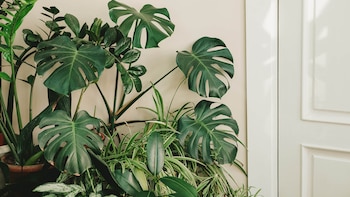
For the design and decoration fanswho want their plants to serve as centerpieces of the home, adding style and sophistication to their spaces, one of the most trendy is the Monstera Delicious. Its large, perforated leaves make it an attractive focal point; it requires indirect light and moderate humidity. There is also the fiddle leaf fig (Ficus lyrata) ―one of the stars of Instagram, according to Røyneberg―, which needs bright indirect light and regular watering.
Lastly, for homes with pets where the concern is that they may chew on your plants, it is crucial to choose non-toxic species, such as parlor palm (Chamaedorea elegans) and Calathea (Calathea spp.), exuberant and flirtatious, although they deserve plenty of care. Calathea, in turn, features vibrant patterns and often changes the orientation of its leaves throughout the day, which can add a dynamic element to any space, ideal for extroverted and happy people.
Care indoor plants and choose the right varieties Depending on your lifestyle, it is essential to maintain a green and healthy home. For those who have little time, it is ideal to opt for plants such as pothosthe sansevieria and the philodendron. These species are hardy and thrive with moderate irrigation and conditions of low lightmaking them perfect for those with busy schedules.
He daily care of indoor plants includes crucial aspects such as irrigationthe light and the fertilization. It is important not to overwater; A good practice is to allow the top layer of substrate dry before watering again. Furthermore, each plant has different lighting needs: some require indirect light abundant, while others can adapt to darker corners. Fertilization is also essential; Specific products must be used and instructions followed to avoid overfeedingwhich could damage the plants.
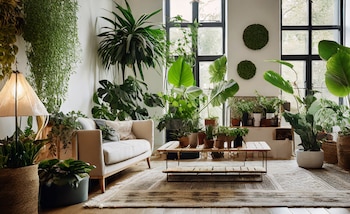
Other technical aspects to consider are the substratum and the drainage. Using specific soil mixes for houseplants helps maintain the proper balance between drainage and nutrient retention. It is essential that the pots have drainage holes to avoid water accumulation and prevent root rot. Additionally, choose the proper size of pots It is crucial; These should allow the roots to grow without being too big or too small.
It is common to face some problems, such as yellow leaves either pests. Yellow leaves usually indicate excess water or lack of nutrients, so adjusting watering and fertilization can solve the problem. Pests, on the other hand, require regular inspections and the use of natural insecticides to keep plants free of infestations.
By following these tips, it is possible to maintain healthy and vibrant houseplants, regardless of lifestyle and daily routines. Plants not only beautify the home, but also contribute to the general well-beingcreating a more welcoming and healthy environment.
